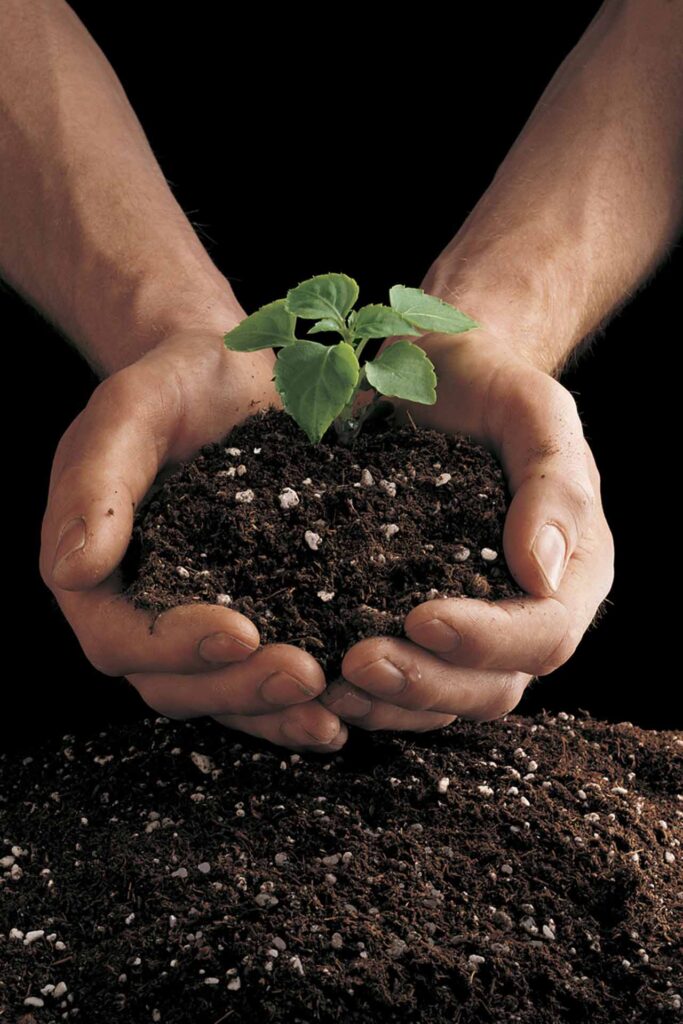Sustainability Fact Sheet
The Perlite Institute defines sustainability as the process of making decisions and taking actions to create economic, environmental and social conditions that generate value for the largest number of people, today and for generations to come. These decisions and actions are based on continuous reviews of:
Protection of Resources and the Environment
- Perlite products help protect land, waterways, and natural flora and fauna. Perlite works as a filter to clean storm water runoff and hazardous waste spills, helping to prevent contamination of local rivers and fish habitats.
- Perlite is used in nurseries and greenhouses as a substitute for native mineral soil, helping to preserve the world’s topsoil.
- The global perlite industry actively mines a total of less than 8 square km (3 sq miles). [1] This is small fraction of what is available, based on a 2010 survey of worldwide producers.
- Known reserves of perlite will be available for many generations. In the past 60 years less than 1% of the reserve base has been used. [2]
- Perlite mining has little overburden to manage and minimal waste. No chemicals are used in processing perlite.
- Perlite mining has limited environmental impact. Prior to mining, studies are conducted to ensure minimal disturbance of local biology and no impact on archeological sites.
- Perlite Institute mining members actively reclaim and restore mined sites to their original biological status.
[2] USGS Yearbook data (http://minerals.usgs.gov)

Wise Energy Use
- As an industrial mineral, expanded perlite is used as insulation in high temperature and super cooled applications. Expanded perlite’s excellent insulating qualities are also used in the construction industry to insulate floors, walls and roofs of homes and businesses
- Expanded perlite is added to a host of finished products, making them lighter weight, and less costly to ship.
- Energy consumed during perlite processing is offset by…
— insulation applications for long term energy saving.
— efficiently growing plants which consume carbon dioxide.
— water conservation in horticultural and agricultural applications.
— making products lighter uses less energy for transport.

The dense ore is delivered to local processors via fuel-efficient methods such as rail or ship. Most perlite expands to about 12 times its original size
Minimization of Waste
- Perlite does not create by-products during processing; only the physical form is altered.
- Expanded perlite ships in bulk trucks or in re-usable bulk bags wherever possible to minimize packaging waste and reduce the impact on landfills.
- Products are made from all particle sizes and densities making perlite an efficient, “no waste” industrial mineral.
Local Economic and Social Benefits
- The perlite industry improves economic development and well-being in many communities, providing jobs which in turn supports many levels of rural and urban economies.

To download a .pdf of the Sustainability brochure, click here.
If you have technical questions on this topic, please email the technical contacts listed on our contact page.
Copyright© 2010 Perlite Institute All Rights Reserved
